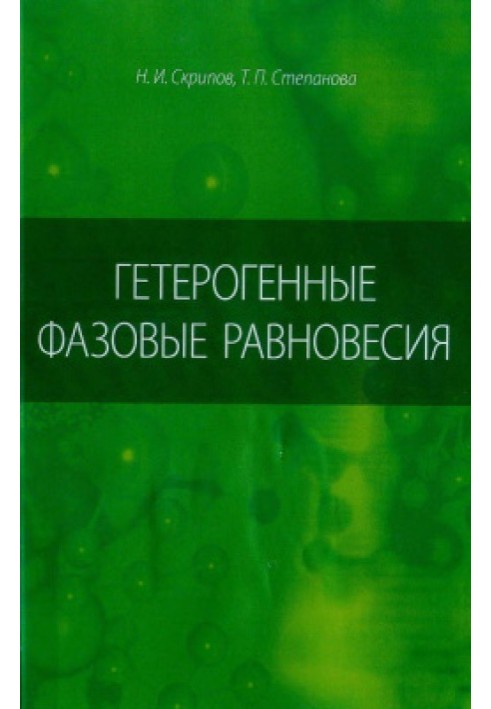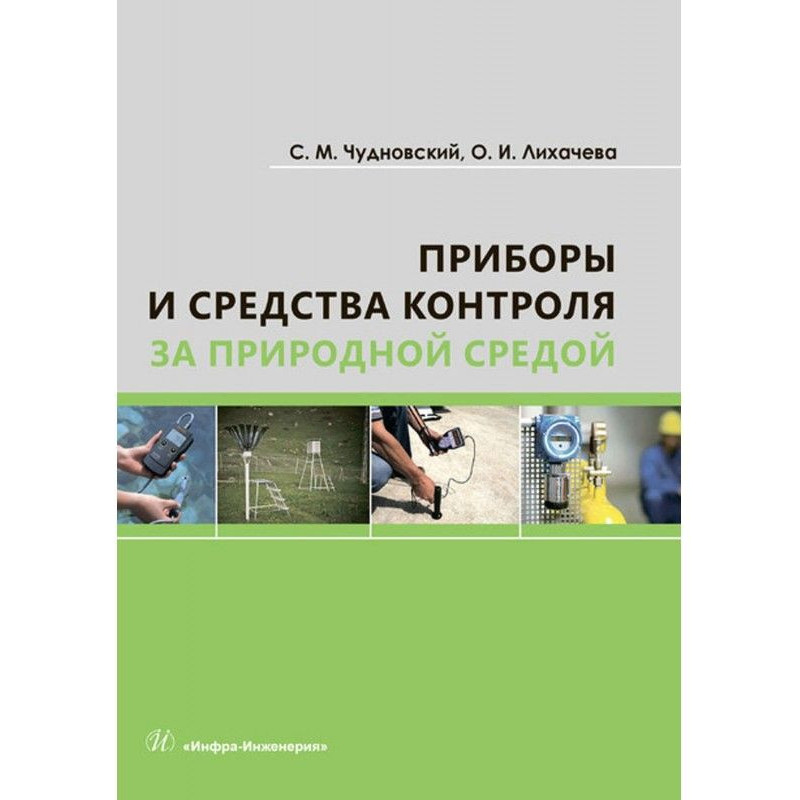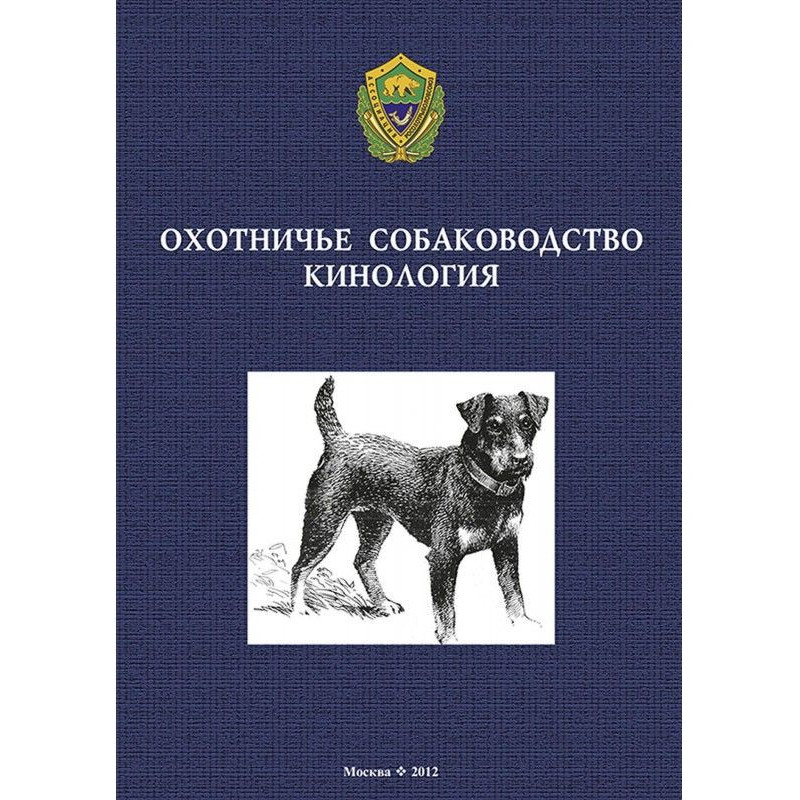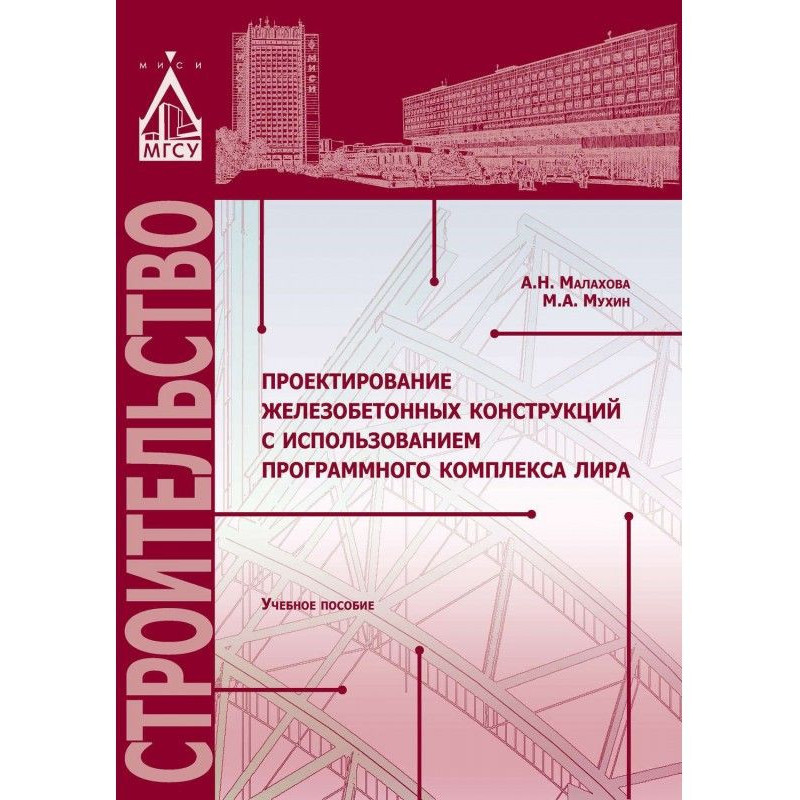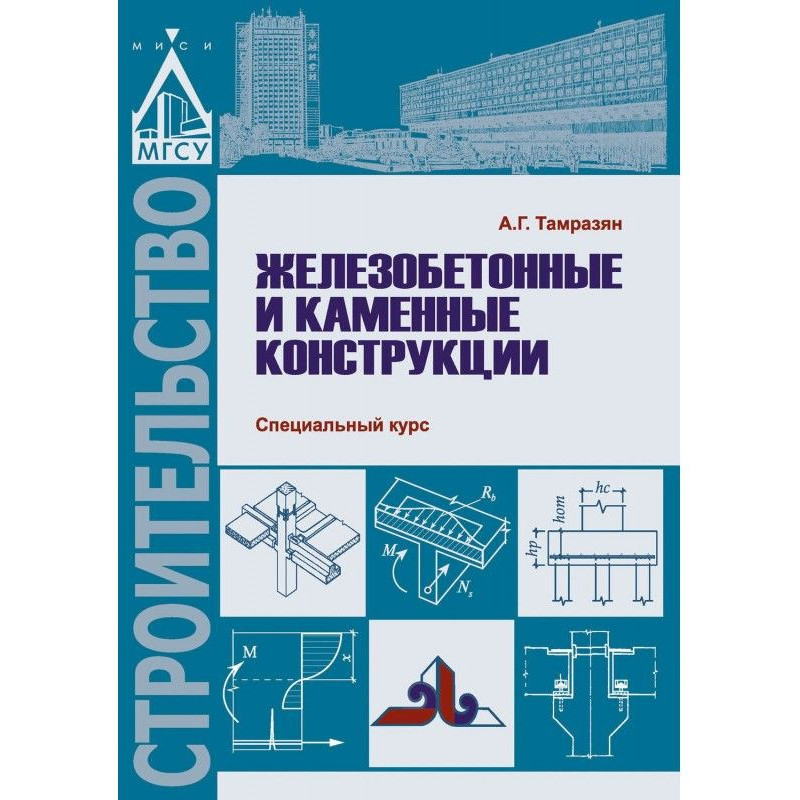Heterogeneous phase equilibria
 Instant download
Instant download
after payment (24/7)
 Wide range of formats
Wide range of formats
(for all gadgets)
 Full book
Full book
(including for Apple and Android)
The manual is devoted to one of the sections of physical chemistry - issues of heterogeneous phase equilibrium. The conceptual apparatus, basic rules and patterns of phase equilibrium are considered, phase equilibrium diagrams in one-, two- and three-component systems are presented and analyzed. Practical work is proposed to consolidate theoretical material.
Intended for 3rd year students of the Faculty of Chemistry of ISU when performing a practical work in physical chemistry.
ContentsUse the arrow to or collapse this sectionPhase equilibriaBasic concepts and definitions. Gibbs phase rule (phase equilibrium law). Phase equilibrium in one-component systems. Polymorphism. Physico-chemical analysis, its basic principles. Methods for depicting systems. Thermal method of analysis. Main types of fusibility diagrams of two-component systems. State diagram of a system with a simple eutectic. Diagrams state of the system with the formation of chemical compounds. State diagrams of systems with the formation of unlimited solid solutions. State diagrams of two-component systems with limited solubility of components. State diagrams of a system with limited solubility of components in the solid state with eutectic. State diagram of a system with limited solubility of components with peritectics. Three-component systems Methods composition images. Fusibility diagrams of three-component systems. Mutual solubility of three liquids. Distribution of a substance between two immiscible solvents. Laboratory work Study of a two-component system with a simple eutectic. Study of a two-component system with limited mutual solubility of components in the liquid state. Study of the mutual solubility of three liquids. Construction of a fusibility diagram of a three-component systems. The study of the distribution of a substance between two immiscible liquids.
Data sheet
- Name of the Author
- Никита Скрипов Игоревич
- Language
- Russian
Reviews
Незамінний посібник для студентів фізичної хімії!
Ця книга є справжнім скарбом для студентів, які вивчають фізичну хімію, особливо в аспекті гетерогенної фазової рівноваги. Автор детально розглядає всі основні поняття та правила, що стосуються фазової рівноваги, що робить матеріал легким для розуміння. Діаграми фазової рівноваги, представлені в книзі, є дуже корисними для візуалізації складних концепцій, і їх аналіз допомагає закріпити теоретичні знання. Практичні роботи, які включені в посібник, дозволяють студентам отримати реальний досвід у лабораторії, що є важливим етапом у навчанні. Я б рекомендував цю книгу всім студентам хімічних факультетів, оскільки вона значно полегшує процес навчання і дозволяє глибше зрозуміти складні теми фізичної хімії.

